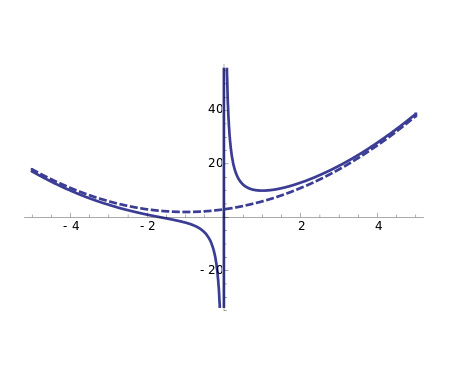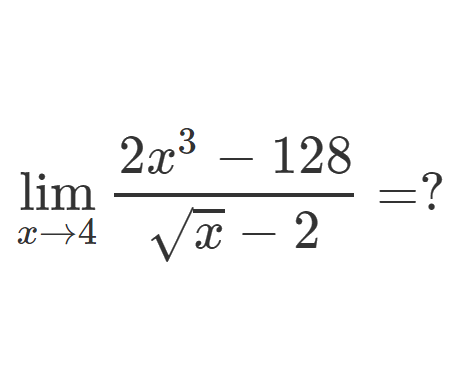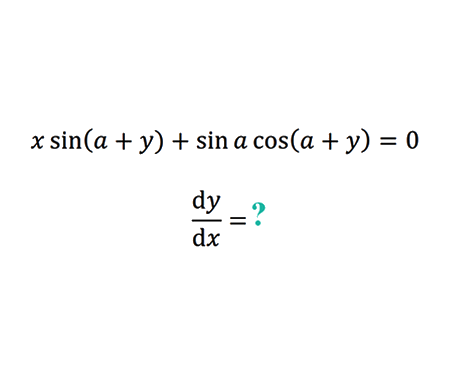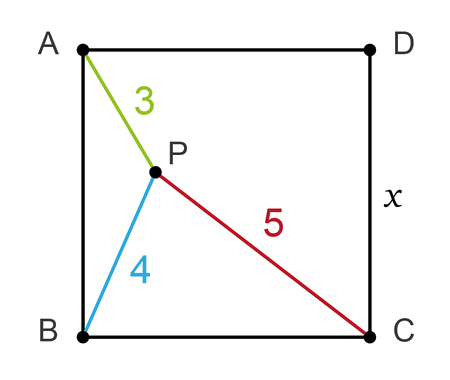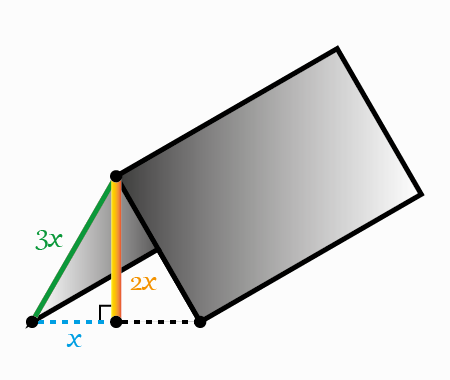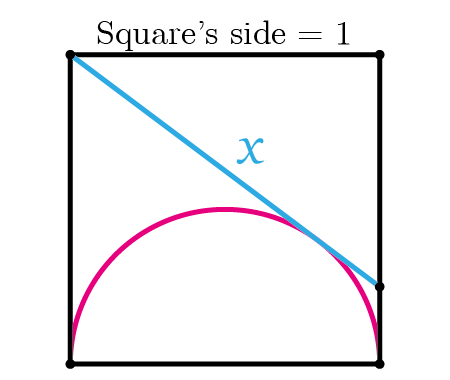Home -> Solved problems -> Calculate the limit

Solution
\[\begin{aligned}
\left(\frac{n !}{n^{n}}\right)^{\frac{1}{n}}&=\left(\prod_{k=1}^{n} \frac{k}{n}\right)^{\frac{1}{n}}\\\\
&=e^{\frac{1}{n} \ln \left(\prod_{k=1}^{n} \frac{k}{n}\right)}\\\\
&=e^{\frac{1}{n} \sum_{k=1}^{n} \ln \left(\frac{k}{n}\right)}
\end{aligned}\]
Using Riemann summation method, we get
\[\begin{aligned}
\lim _{n \rightarrow+\infty} \frac{1}{n} \sum_{k=1}^{n} \ln \left(\frac{k}{n}\right)&=\int_{0}^{1} \ln (x) d x\\\\
&=[x \ln (x)-x]_{0}^{1}=-1
\end{aligned}\]
\[\begin{aligned}
\Rightarrow \lim _{n \rightarrow+\infty}\left(\frac{n !}{n^{n}}\right)^{\frac{1}{n}}=e^{-1}=\frac{1}{e}
\end{aligned}\]
Home -> Solved problems -> Calculate the limit
Every problem you tackle makes you smarter.
↓ Scroll down for more maths problems↓
Prove that the function \(f(x)=\frac{x^{3}+2 x^{2}+3 x+4}{x}
\) has a curvilinear asymptote \(y=x^{2}+2 x+3\)
Why does the number \(98\) disappear when writing the decimal expansion of \(\frac{1}{9801}\) ?
if we draw an infinite number of circles packed in a square using the method shown below, will the sum of circles areas approach the square's area?
Home -> Solved problems -> Calculate the limit














